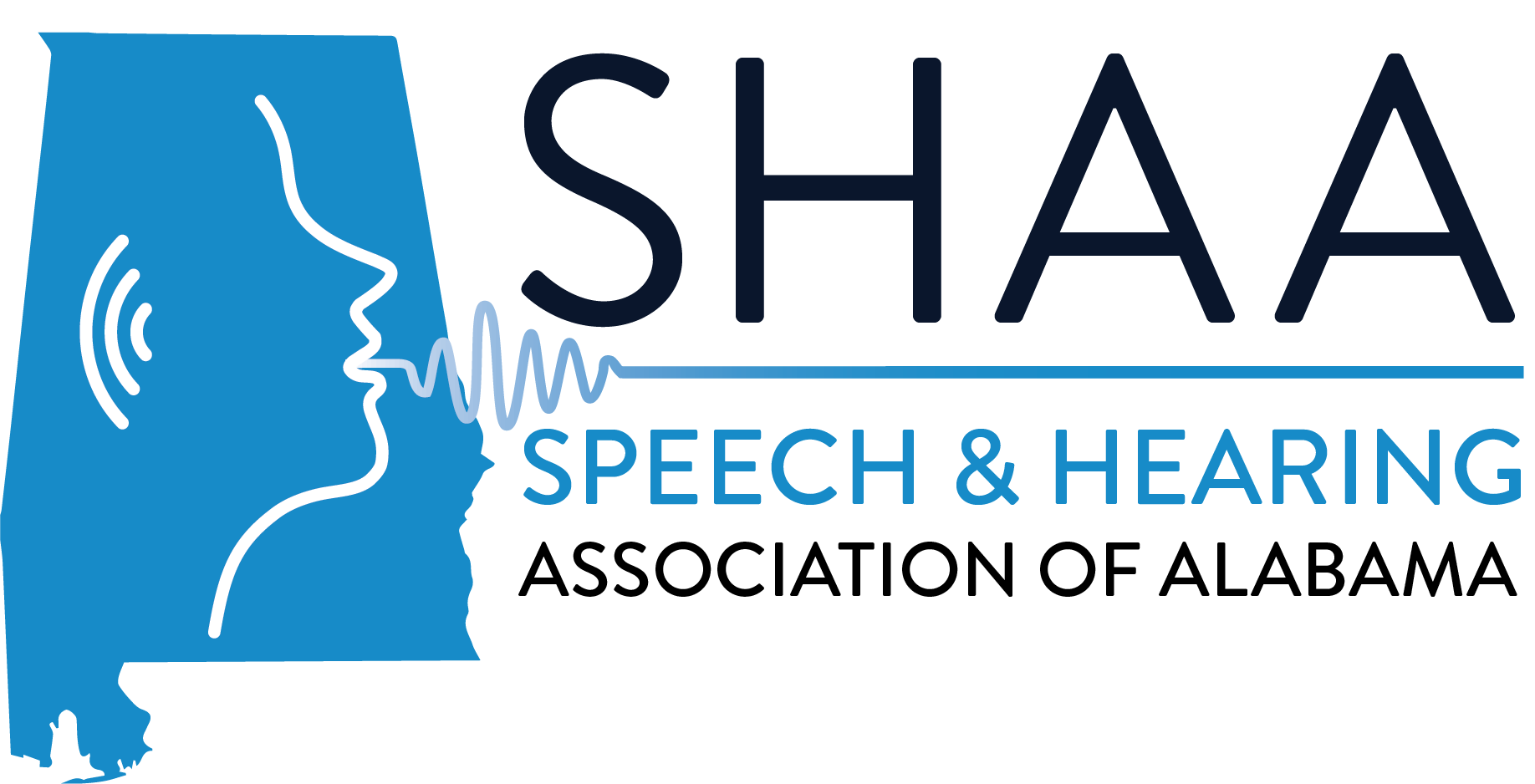- Home
- Presenter/Speaker Guidelines
Presenter Resources and Guidelines
SHAA is an approved continuing education provider for the American Speech-Language-Hearing Association (ASHA) and the American Academy of Audiology (AAA). As such, SHAA is bound to provide continuing Education activities in accordance with ASHA and AAA guidelines.
Presenters should thoughtfully consider and incorporate the following information when they are planning a continuing education session.
1. Evidence-Based Practice
SHAA promotes Evidence-Based Practice and using evidence-based information in the planning and development of continuing education offerings. Please reference this resource for presenters on Infusing Evidence in Presentations.
2. Learning Outcomes
Learning outcomes provide a foundation for developing the course's format, content, and assessment tool. They also inform the participant what they are expected to do as a result of the learning event and assist potential participants in determining if the course is appropriate for their level of knowledge and skills. Presenters should reference "Keys to writing and using learning outcomes" when developing their learner outcomes. Additionally, presenters should utilize the action verbs detailed in the Learner Outcome Guidelines when structuring and writing learner outcomes.
3. Culture and Diversity
ASHA Professional Development courses prepare members to work with potential clients of diverse backgrounds and perspectives. Diversity exists across a number of dimensions influenced by race, ethnicity, language, national origin, religion, spirituality, socio-economic status, ability, neurodiversity, gender, sex, and/or sexual orientation. There are few instances where diversity does not influence a topic. Topics pertaining to culture and diversity can be the focus of a session or infused. If infused, the course topic is not focused on diversity. However, research and case studies will be inclusive of diverse populations. If focused, this course topic is centered around diversity.
Annual Convention
SHAA solicits presenters for its Annual Convention in 2 ways:
1) Open Call for Papers application
2) by Invitation.
The Call for Papers application opens each spring and all who aim to present according to the guidelines above are invited to apply. Application reviews are led by the Vice President for Convention and those accepted are notified by late summer. The Convention Planning Committee invites presenters deemed relevant to areas that are of interest to the SHAA membership.
Accepted Call for paper speakers will not receive reimbursement for convention registration, travel, hotel, honorarium.
Presenter Disclosure Guidelines
All presenters should affirm their intentions to adhere to Speaker Disclosure Guidelines.
Presenters should review these Conflict of Interest and Disclosure requirements outlined by the ASHA Continuing Education Board before agreeing to present at the SHAA Annual Convention.
All convention presenters will be provided with a presenter information form to complete upon acceptance to present at convention. The presenter information form includes non-financial and financial relationship disclosure as well as HIPAA information that presenters are required to complete as a part of the convention planning process.

